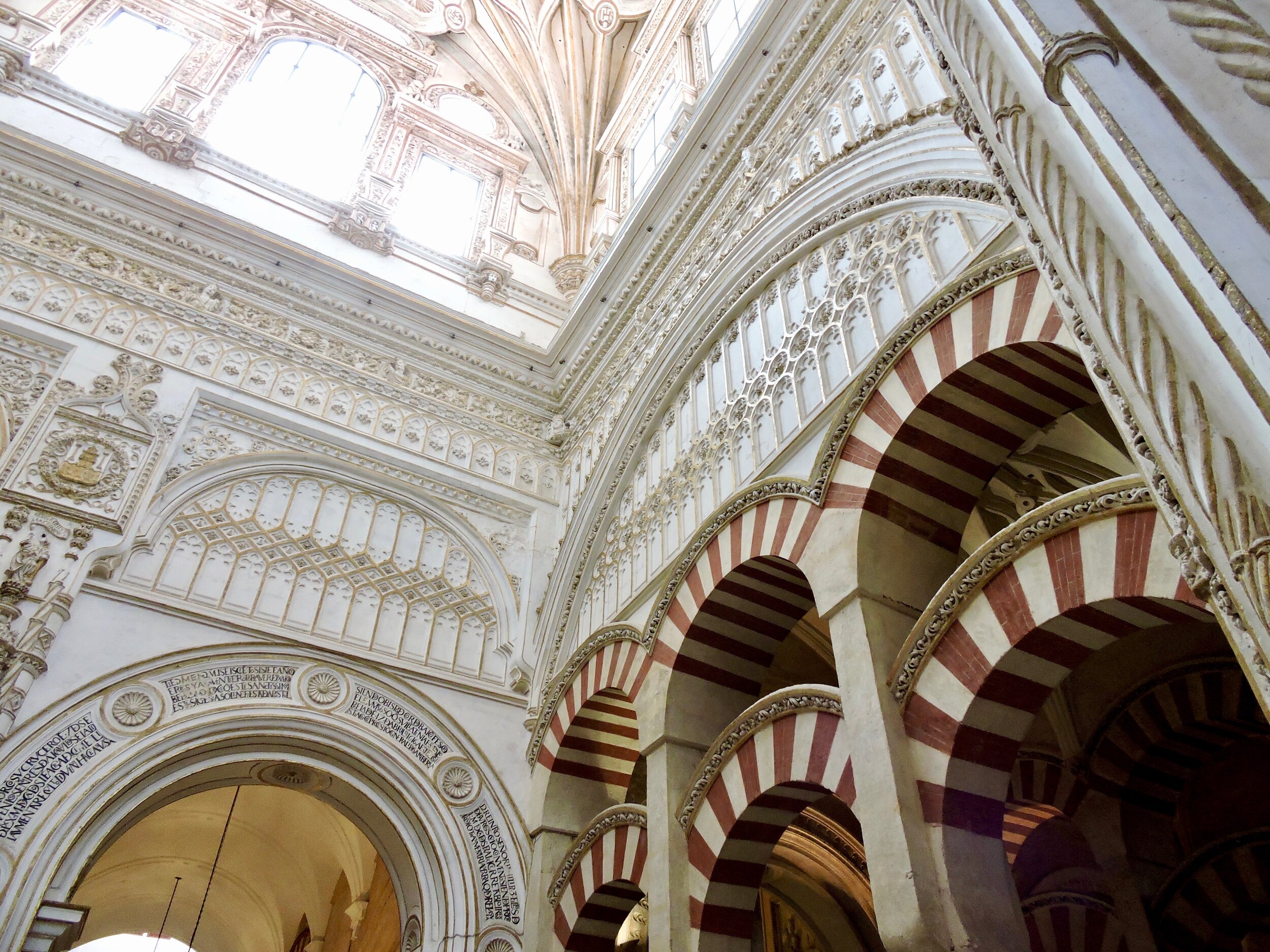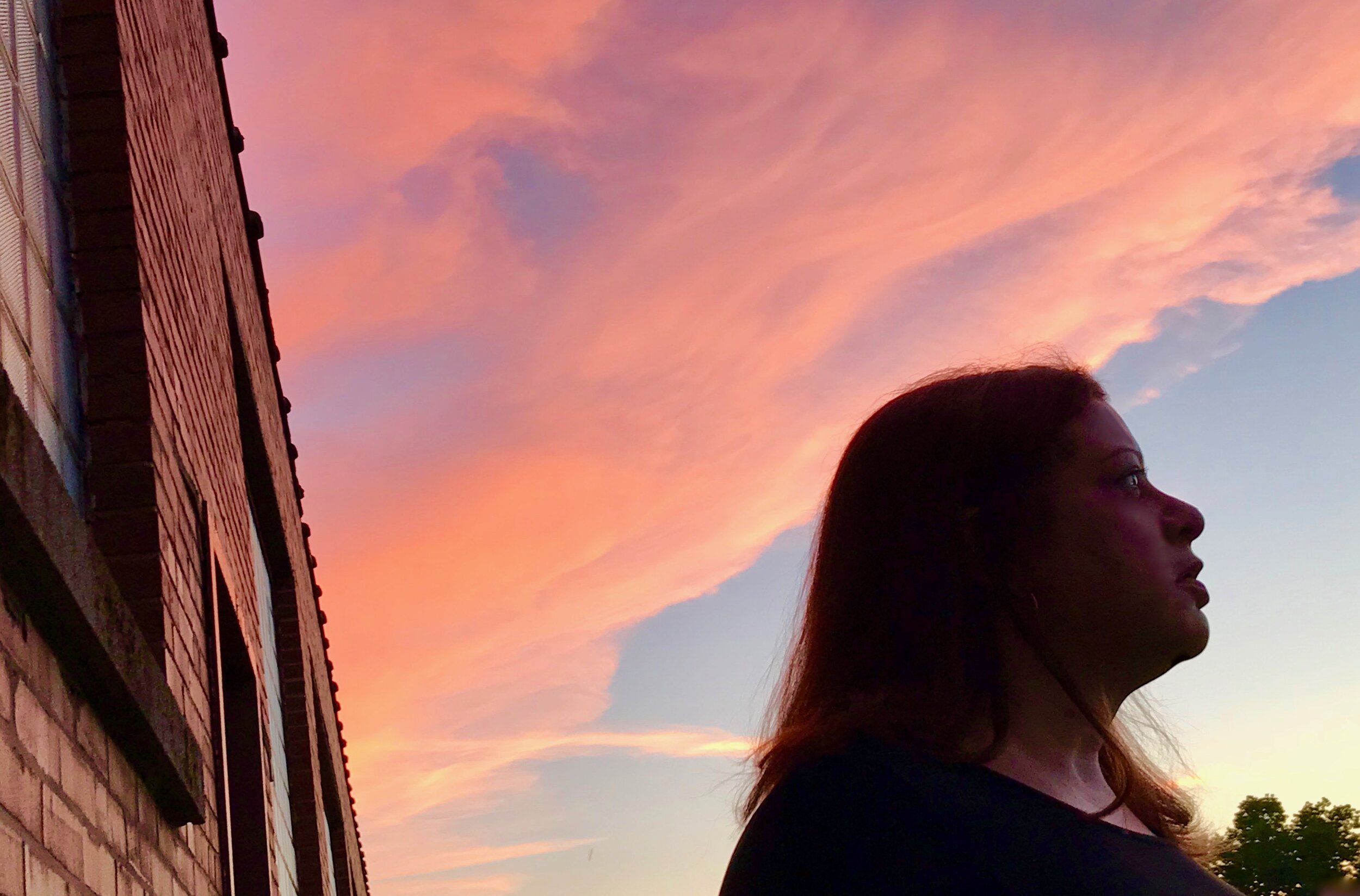kirsten strom
All songs composed and performed by Kirsten Strom.
A selection of songs setting to music poems of Robert Desnos. All are from Chantfleurs et chantfables, the book of poems Desnos wrote for children during the occupation of Paris.






















The Surrealist Spring Line

The Leonora Carrington

The Claude Cahun

The Max Ernst

The Leonor Fini 2

The Dorothea Tanning

The Lee Miller/The Roleiflex

Heaven and Hell/The René Magritte 2

The Minotaur

The Maya Deren

The Roger Caillois/The Praying Mantis

The Paul Nougé

The Joseph Cornell

The Jacques Vaché/The Poppy Dress

The Toyen 2

The Tristan Tzara 2/The Monocle Dress
Birds of Pardise

The Magnificent Riflebird

The Vogelkop Superb









Dictionary Diptych: Bumblebee, Bunsen Burner, Buñuel; Dachshund, Daffodil, Dalí

Nadja book jacket


Object for finding your way in the dark


Lake, Soil, Sand, and Sound
"Lost Star," song by William Reid/The Jesus and Mary Chain, choreography written and performed by Kirsten Strom
Dulcimer 3, Music and dance composed and performed by Kirsten Strom
"Crystal Days," song by Echo and the Bunnymen, dance composed and performed by Kirsten Strom
"Alice," song by Cocteau Twins, improvisation by Kirsten Strom
"Cantara," song by Dead Can Dance, improvisation by Kirsten Strom
"Taste of Cindy (acoustic)," song by The Jesus and Mary Chain, improvisation by Kirsten Strom
Translations are from French; original poems are from Robert Desnos's Chantfleurs et chantfables (1945)
The Leopard
(Le Léopard)
If you go where the tall trees grow
You won’t be alone if the leopard’s at home
He whispers very soft meows
And no one hears him when he prowls.
He purrs in the twilight
As nightingales sing
And off in the distance, the echoes ring
It’s the sound of the jungle’s delight.
And just it hears,
The leopard appears
His purrs are soft like his meows
And no one hears him when he prowls.
The Sensitive Plant
(La Sensitive)
Are you planning to touch the sensitive plant,
In the morning among the weeds,
Field mouse, collector of seeds?
But now you have touched the sensitive plant!
In the evening, the sunlight recedes,
Do not touch the sensitive plant,
Until morning, the sensitive pleads,
Or you are quite naughty, indeed!
The Llama
(Le Lama)
Llama, you are a llama’s son
And you are a llama’s father
You are a cousin to the alpaca
And to vicuñas you are a brother
You are loyal and reliable
As well as very versatile
Within the mountain echoes
You hear all that comes and goes
And though they share your mountain view
The werewolves cannot outrun you
Lima is the capital
In your homeland of Peru.

South-flying gaggle
A chill in your wake heralds
The cold birth of snow
Gunmetal river
Bed of the sluggish water
Mirror to the sky
Night’s heavy blanket
Makes of the earth’s soft mantle
A bed of darkness
Steep clouds assemble
Density renders each one
Indiscernible
A dog calls to me
The door between us opens
He smells like the moon
Mildred’s House
I was standing on a platform waiting for a train with my friend Karl. When the train arrived, it was in the form of a two-story house that slid sideways down the track. The interior was also like a house, and it looked like someone was still living there. There were traces everywhere of a resident; a book, a cup of tea, and some shoes were all left out, but she was nowhere to be found. I knew somehow that her name was Mildred. A very petite older woman in a tan trench-coat entered the house-train. She had known Mildred in the 60s when they were both activists in the Civil Rights Movement. She described Mildred’s extraordinary kindness, which was very moving, but somehow it made the question of where she was now seem even more pressing. I went up to the second story, which was like a library where people had gathered to discuss the Mildred question. I listened for a little while, and then one of them said, “She was a Zen Buddhist Jew, like Leonard Cohen.” I understood in that instant what had happened. “She was a bodhisattva," I said, "and this is what a bodhisattva leaves behind!” As I said this, I gestured all around as if to describe both the house and the whole world with my hands. It was such a relief that this seemed to explain everything. It felt very gratifying to know that Mildred had gone on to Nirvana and that she simply didn't need these things anymore.
The Book
I was sitting at home next to a stack of books that I had just checked out of the library. One of the books was in liquid form. It was a clear, gelatinous substance contained in a small glass vile. Why did I check this out?, I wondered. I had no idea how to read it. I found myself sitting outside eating a sandwich, but then realized that I had spread some of the book onto the sandwich as if it were jam. I could remember doing it, but couldn’t figure out why. I was worried now both that I had destroyed part of the book and also that it might be toxic to consume. It seemed a genuinely unfathomable thing to do. The scene shifted again so that now I was in a bedroom that was lined with book cases. Sitting on the bed I decided to see what happened if I poured some of the liquid book onto a sheet of paper. As I spread it out across the surface, I could see black text starting to appear. I didn’t manage to read any of it, but I became very excited upon realizing that the book was like a living organism: just as every cell in a body contains the genetic code for the whole body, I understood now that every drop of the book contained the text for the whole book. This meant that I hadn’t actually destroyed any of it. I felt very relieved and happy.
The Body has Mass
I was giving a lecture in a classroom that I have never actually taught in. One of the images in my own slide show took me by surprise. It was a large-scale photorealistic painting of the face of a young woman whose head was partially submerged in water as if she were floating in it on her back. She had closed eyes, pale skin and black hair, and I noticed very specifically that she was wearing a choker-style necklace made up of tiny roses. Even though it felt like I had never seen this image before, I could remember the story behind it. The artist was someone famous, possibly Ann Hamilton, although that seems unlikely in real life. I explained to the class that the artist had been having a philosophical conversation with her daughter about dualism. In the course of this conversation, the daughter had asked her mother if the human body has mass, and the artist mother told her daughter that it does. The way to prove it, she said, was to submerge the body in water. This was how she got the idea to make a painting of her daughter positioned in this way. I realize now that the image is very much like Millais’s famous painting of Ophelia, but I never thought of this in the dream.
The Invention
I was on a college campus where a man was working in secret to invent self-rising flour. It seemed like this must have taken place in the past because I already knew that self-rising flour was nothing more than wheat flour with baking powder added, but nothing else seemed very historical. He was working in a room somewhat like a dorm room on the ground floor of a building where some kind of public event seemed to be taking place. There were many students and also a dean-like figure in a suit and tie. It seemed especially important that the dean not know about the work in progress. At some point, I realized that someone had even been killed to keep the invention secret. I saw the inventor standing near the body, which was laid out on a gurney, not quite covered with a white sheet. The head and feet were both still visible, so I saw his face and the soles of his shoes. I thought of him as the Ethiopian man. I felt sad that he had been killed, and I wished that it had been another person instead. Throughout the dream, there was never any doubt about the imperative of secrecy. It was always clear that lives depended on it, as if this were somehow related to World War II and the struggle against fascism.
Hannah’s Books
I was at an exhibition of art works about the idea of mapping. One of them was a painting of the complete works of Hannah Arendt that depicted them like the rings of a tree trunk. It had concentric circles with each ring representing a different year, and within each year were the names of the books that she had written that year, each in a separate arc within the ring. The sections were all color coded according to which branch of philosophy the book represented. She seemed to have been very diverse and prolific. There were books on ethics, aesthetics, and epistemology, and I think also some others. I found it to be a very pleasing object. I would like to make this painting some day in real life.
POOLS ROT IN A JANITORS LOOP
SALT A DAO ROAD ATLAS
NOELS PARTNER ENTRAPS LEON

Eating the Art 1 and 2 (exhibitions of edible objects with receptions at which the shows were consumed)

Haiku You 1, 2, and 3 (installations of haikus throughout the classrooms of the art building)
Books:
The Animal Surreal: Surrealism, Animals, and Evolution, Ashgate/Taylor and Francis, 2017.
Apple Blossom and Nightingale: Poems for Children by Robert Desnos Translated and Illustrated by Kirsten Strom (in progress)
This Heart That Hated War: Surrealism, Activism, and Resistance During World War II (in progress).
Selected articles and book chapters:
Entries on "Animals," "Automatism," "History," and "Madness," in The International Encyclopedia of Surrealism, Bloomsbury Publishing (forthcoming).
"The Darwinian Uncanny: The Surreal Gaze of the Animal Other," in Seeing Animals, Lexington Books (forthcoming).
"Popular Anthropology: Dance, Race, and Katherine Dunham" in The Popular Avant-Garde, Rodopi, 2010.
Exquisite Corpses: Bauhaus and the Surreal (in progress)
Selected conference papers:
"Must We Redefine Art?: Nonhuman Animals, Art, and Theory," John Cabot University, Rome, 2017.
"Putting the Cult in Popular Culture: Post-Punk and the Avant-Garde," Theorising the Popular, Liverpool Hope University, 2017
"Motion and Light: Early Cinema and the Serpentine Dance," Screen Studies, Glasgow, 2016.
"Autonomy and Automatism: Surrealism, the Unconscious, and the Discourse of the Self," Stockholm University, 2016.
"Human Entomology: The Role of Darwin in the Films of Luis Buñuel," Screen Studies, Glasgow, 2015.
Survey of Art I
Survey of Art II
Surrealism
Animals in Art
Asian Art
Art Since 1945
Nineteenth-Century Art
Issues in Art
Senior Thesis
Creativity